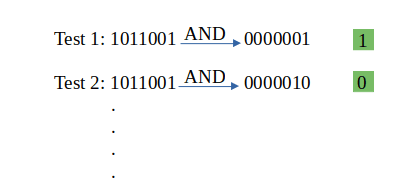Quantum computers currently available are not sufficient to solve every existing classical problem due to their own characteristics. This does not mean that they are inferior to classical computers, or that, on the contrary, quantum computers should give all kinds of advantages over classical computers.
Popular quantum algorithms solved in quantum computers are algorithms created by taking advantage of the superposition and entanglement properties of particles. So, they are algorithms created to show the prominent features of quantum properties.
Today I will talk about an enjoyable algorithm that demonstrates the efficiency and speed of these quantum features. Known as the Bernstein - Vazirani algorithm is a quantum algorithm invented by Ethan Bernstein and Umesh Vazirani in 1992.
The purpose of this algorithm, which is a game, is to find a desired number. To put it more clearly, let's keep in mind a string of binary numbers, for example, 1011001. Next, let's write an algorithm and ask our computer to predict this number.
Our classical computers have to take 7 tries to find this 7-bit number. That is, it will be able to reach this number in a loop using the "AND" logic gate for each bit.
It is an important algorithm for demonstrating the speed of quantum computers. In the following years, it is certain that there will be a great leap forward in terms of technology by applying this superiority to classical problems.
Reference
https://learn.qiskit.org/course/ch-algorithms/bernstein-vazirani-algorithm



Comments
Post a Comment